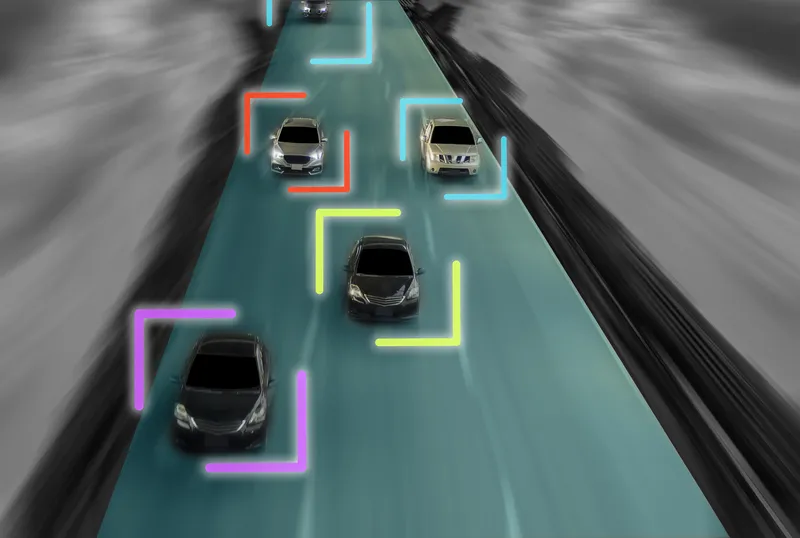Wi-Fi solutions specialist Arada Systems has launched a comprehensive telematics 802.11p DSRC/WAVE system. The solution includes On-Board Units (OBUs), Road-Side Units (RSUs), battery-operated DSRC tolling tags, high-power 600mW embedded cards, as well as, the company states, the world's first SD-based DSRC card operating at 5.9GHz.
February 3, 2012
Read time: 2 mins
Wi-Fi solutions specialist 18 Arada Systems has launched a comprehensive telematics 802.11p DSRC/WAVE system. The solution includes On-Board Units (OBUs), Road-Side Units (RSUs), battery-operated DSRC tolling tags, high-power 600mW embedded cards, as well as, the company states, the world's first SD-based DSRC card operating at 5.9GHz.
Starting in 2001, Arada's founders were closely involved in setting the initial specifications of the underlying radio technology that resulted in the 802.11p specification being formed. The company's entry into the DSRC market after 10 years of involvement represents its overall goal of bringing the benefits of Wi-Fi innovation into emerging applications.
Arada's products include its LocoMate automotive and outdoor solutions as well as the Wi-Sense tolling tag. LocoMate comes with support for 802.11p, DSRC, WAVE, and 1609.2/3/4/11, in addition to support for1835 Bluetooth and GPS for traffic management. The OBU comes with a CAN bus interface and support for iPhone and 1812 Android-based platforms.
"We believe our portfolio of products, from outdoor aftermarket adaptors to the world's only SD card with DSRC built-in, will open up new markets worldwide and foster innovation at an unprecedented level," says Praveen R. Singh, President and CEO.
Starting in 2001, Arada's founders were closely involved in setting the initial specifications of the underlying radio technology that resulted in the 802.11p specification being formed. The company's entry into the DSRC market after 10 years of involvement represents its overall goal of bringing the benefits of Wi-Fi innovation into emerging applications.
Arada's products include its LocoMate automotive and outdoor solutions as well as the Wi-Sense tolling tag. LocoMate comes with support for 802.11p, DSRC, WAVE, and 1609.2/3/4/11, in addition to support for
"We believe our portfolio of products, from outdoor aftermarket adaptors to the world's only SD card with DSRC built-in, will open up new markets worldwide and foster innovation at an unprecedented level," says Praveen R. Singh, President and CEO.









